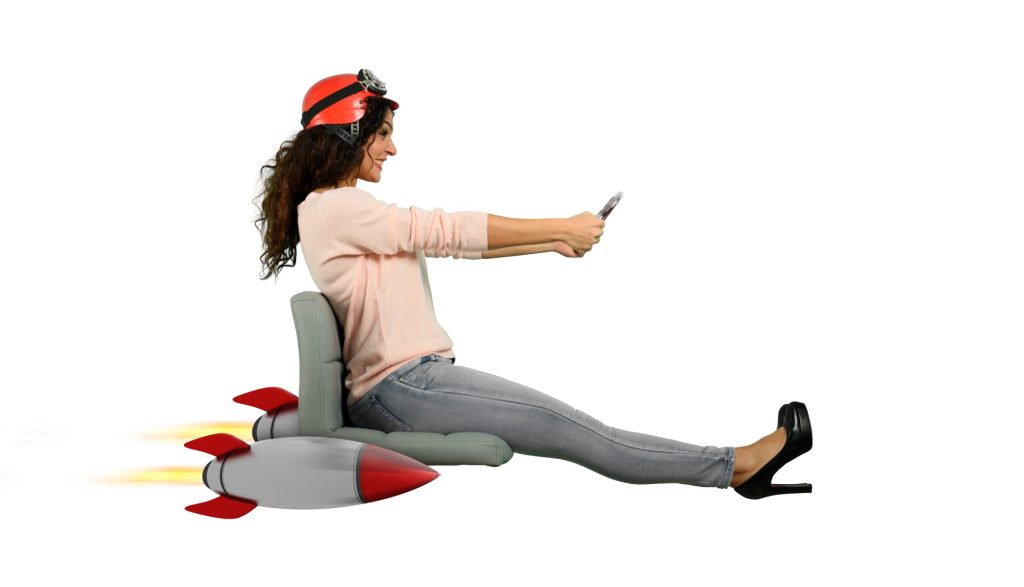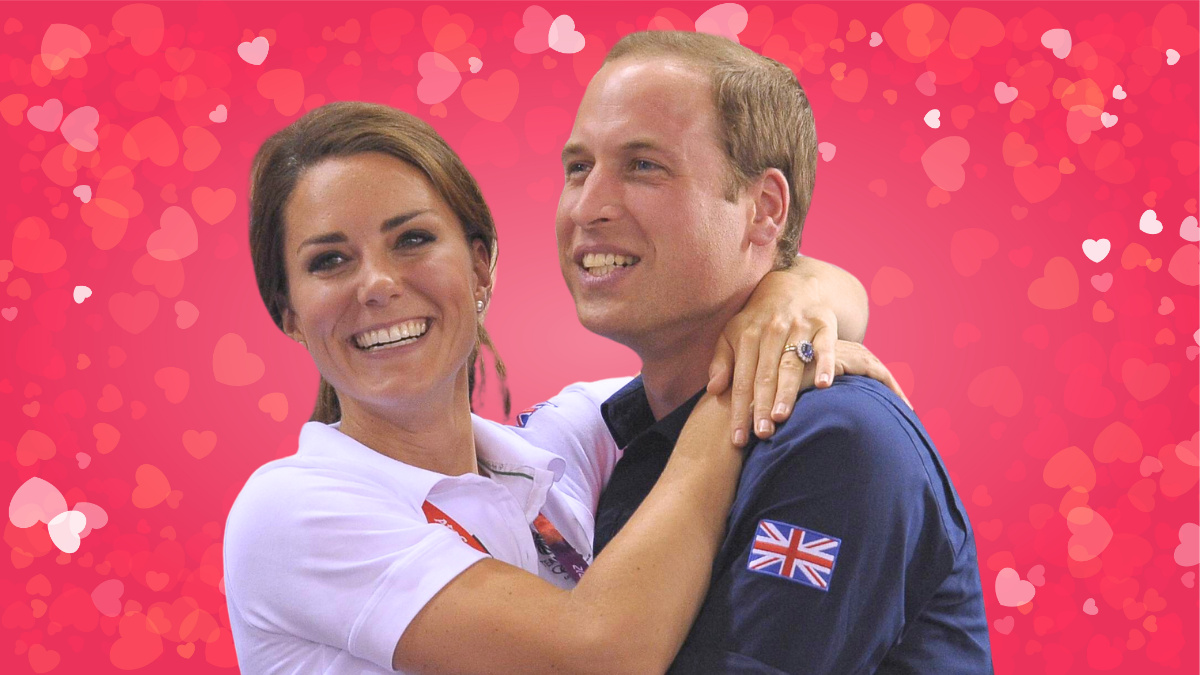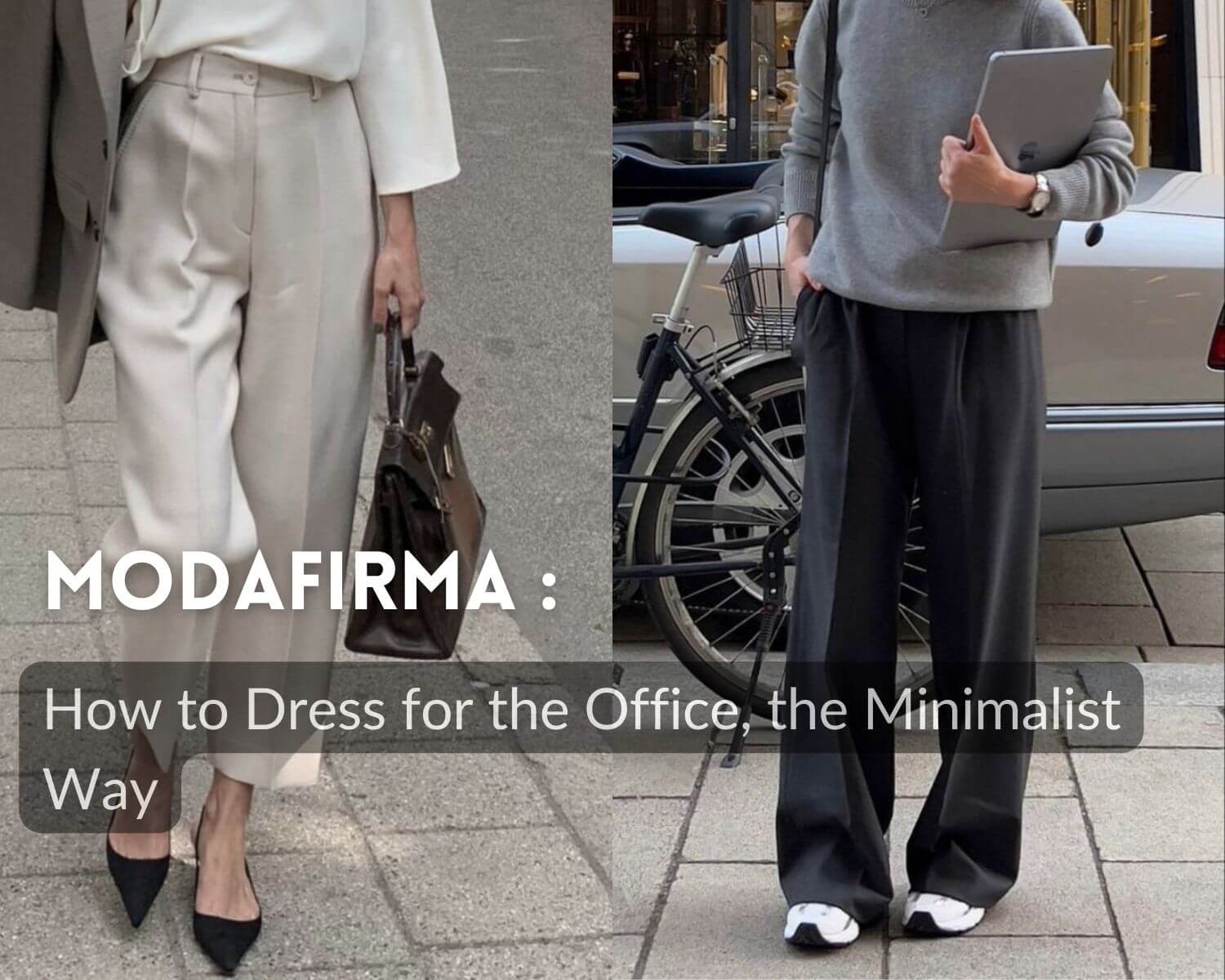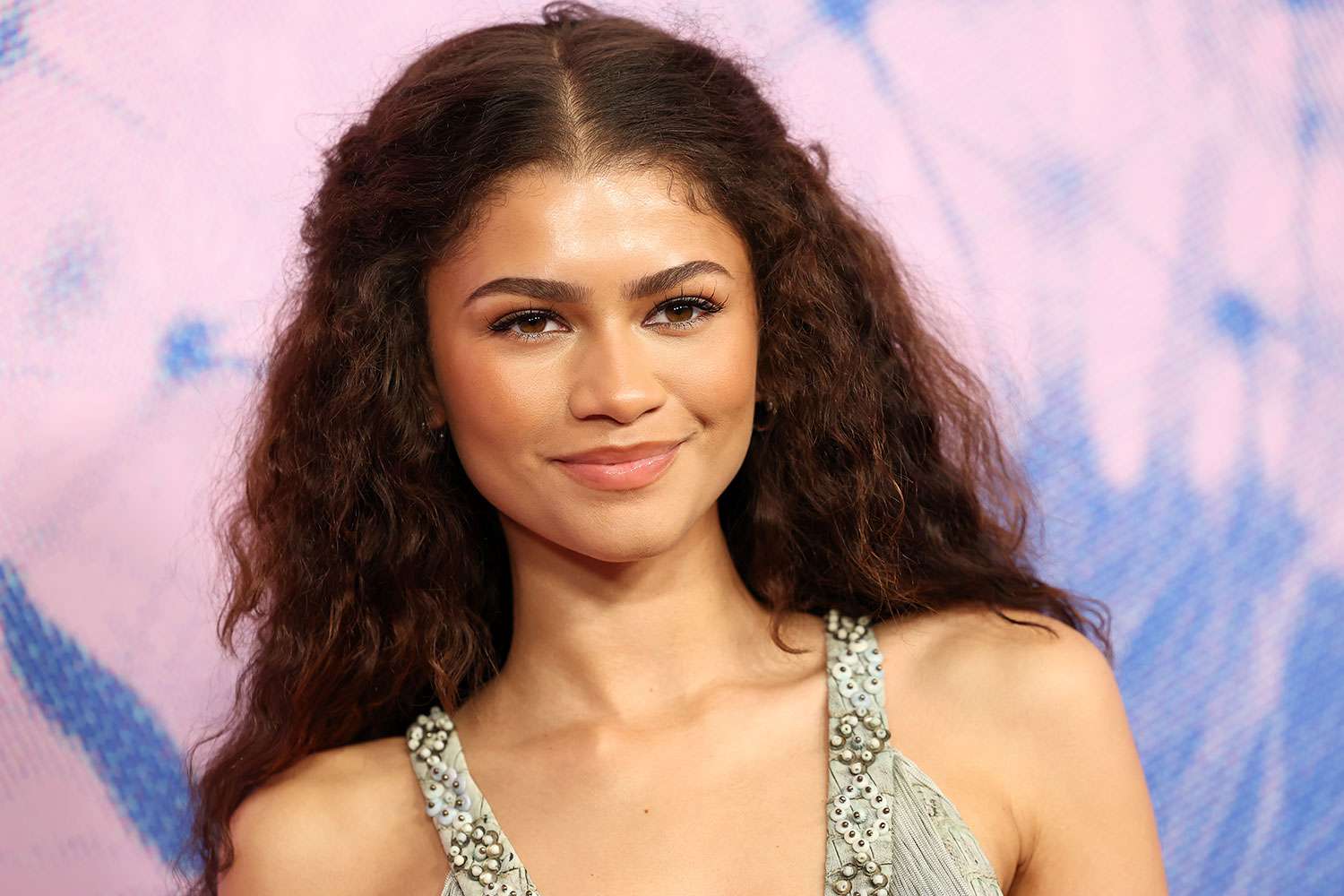Table of Contents
Gen Z wields a spending power of $360bn, more than double the estimate made three years ago.
While disrupting gender boundaries and striving to create meaningful change may unite this cohort, the 25-year-olds and under in the US are very different from those in China. So we’ve outlined the global nuances across consumer habits and fashion trends to help retailers claim a stake in this accelerating market and reinforce local strategies.
Key takeaways
- US: Though this demographic is environmentally aware, price is the defining factor in purchasing. Retailers need to support thrift culture to cater to the demand for more affordably buying into circularity and luxury goods. Consider offering pre-loved goods, leaning into nostalgic and TikTok-fueled trends and partnerships with resale platforms.
- UK: With an average online time of eight hours daily, gaming communities are a hotspot for retail brands. Look for a new approach when rolling out product launches like Kickers did with its back-to-school Roblox campaign that successfully combined experience, escapism and product placement for the younger generation.
- Australia: A market that has typically looked to international brands for inspiration, Australian labels are experiencing a renaissance with younger audiences. Look to the Gen Z-approved reboot of Heartbreak High for a masterclass in youth culture and support local Blak/Black-owned businesses with sustainability ingrained to win over this socially and environmentally conscious troupe.
- China: Gen Zers are experiencing increased patriotism towards native brands and a modernized twist on traditional dressing styles. Western retailers can still succeed, but this consumer is more interested in quality and design over a label’s status. As a starting point, look to enter the market through collaborations with Chinese designers, or nostalgic licensing.
- Sweden: Sustainability is rooted in Swedish beliefs, so for brands targeting this tribe, tread carefully when making any sustainable pledges to avoid greenwashing consumers. Education is important to them, so be transparent and offer facts and advice from your own brand experiences.
- Spain: This cohort responds better to young, like-minded individuals or Spanish influencers versus inauthentic celebrity endorsements, so retailers should have this front of mind when selecting models and spokespeople to represent their brand.
 Djerf Avenue
Djerf Avenue
US
Consumer Habits
The impact of societywide uncertainty from growing up in the shadow of 9/11, the Great Recession, and the pandemic makes mental health a priority for American Gen Z, and 71% favor brands that recognize this within their marketing. In addition, while 70% think brands should take more responsibility for fighting climate change, they are divided in their response to paying more for sustainability, with half of the respondents stating price is a concerning factor.
Retailers should tap into thrift culture to appeal to the price-conscious younger audiences’ interest in circular and luxury goods. Kering opted for this strategy last year, acquiring a stake in resale platform Vestiare Collective. With community at the heart of this demographic, brands should build on this in order to engage them authentically. Bubble Skincare engages 10,000 Gen Z consumers to guide its brand direction, with every product tested by at least 50 before launch. The metaverse is another opportunity to foster community growth with at least 40% of Gen Z customers having purchased apparel and accessories for their avatars. Recognizing its importance, Walmart has recently joined Roblox.
Major Influences
With Hot Girl Summer over, Gen Zers across social media welcome the return of fall. Trends that the generation once cringed at or branded basic are being embraced, such as cozy, Gilmore Girl aesthetics, Ugg boots and Pumpkin Spice Lattes. Searches for ‘fall fits’ on Pinterest have grown 300% YoY – TikTok spotlighting chunky knits and dark tartan skirts speaks to this transition.
Gen Zers are cultivating grunge influences for a Sad Boy/Girl Fall. This movement coincides with the return of Indie Sleaze and the Teenage Dirtbag TikTok trend, sparking interest in slouchy denim, graphic tees and knitted vests. Brands popular with this generation include Abercrombie & Fitch, which has experienced a resurgence, Heaven by Marc Jacobs, UNIQLO, Hollister and Crocs.


@heavn & @ugg
Top moving trends – US
TikTok trends are aiding the sale of products that fit within these viral aesthetics. ‘Fairy costume’ and ‘fairy outfit’ were in the top five Pinterest searches for US Gen Zers over the past three months, boosted by the approach to Halloween. At SHEIN, ROMWE designed into a Fairycore range, which experienced rapid full price sell outs across its accessories, skirts and halter tops. Another popular aesthetic on TikTok that retailers should promote for this customer is The Downtown Girl. This look is made up of trench coats, knitted outerwear, shackets and loafers, which have seen sell out activity at & Other Stories and H&M.
Fairycore & Trench Coats


ROMWE & H&M
Cargos & Knitted Vests


ASOS Design & Zara
UK
Consumer Habits
A cohort that strives to live up to its environmentally-conscious reputation, mean ethical practices and eco-friendly attributes are still a focus for purchasing decisions. With price not a defining factor, many are turning to buy-now-pay-later schemes, with 42% using the payment scheme last year in the UK to invest in higher ticket items. However, the disparity within tribes also sees many cave to online social pressures. A recent study by ThredUp revealed one in three Gen Zers admits to feeling addicted to fast fashion, but that two in three aspire to buy more second-hand clothes.
Also dubbed the “Metaverse Generation” by aurora, its recent study found that 60% of current users in the UK are Gen Zers who spend over eight hours online daily. Stemming from gaming communities such as Roblox, retailers use these platforms to enter the space, attracting new, younger consumers to their brand. Kickers recently launched its back-to-school campaign on Roblox, which enables gamers to try on footwear, and saw ten million interactions and 8.5 million try-ons.
Major Influences
Love Island‘s partnership with eBay this summer shook up the second-hand market, with the platform reporting a 700% increase in searches for ‘pre-loved fashion.’ Already synonymous with platforms like Depop, where 90% of its 30 million users are under 26, Gen Zers are fueling a resale overhaul leading brands, including PrettyLittleThing, to launch in the space. It is also looking likely that boohoo will follow suit.
TikTok brands are changing how Gen Z shop. Thanks to ‘it’ girl influencer Matilda Djerf, whose style has already caused #matildadjerfstyle to reach 50 million views on TikTok, Scandinavian themes will be a major source of styling inspiration this fall. Searches on Pinterest for Stockholm fashion have already grown 80% MoM in the UK as we head into fall, with trench coats and knee-high boots both featuring in the top 15 searches.


Top moving trends – UK
Feeding into the Scandi aesthetic, tailored trousers and basic items, including white tanks, saw good SKU movement across Zara, Selfridges and Abercrombie & Fitch, while UNIQLO capitalized on its viral TikTok bag, which has been replenished in black four times since June. In menswear, Blokecore remains important, particularly in the lead up to the FIFA World Cup.
White Tanks & Tailored Trousers


Zara & Abercrombie & Fitch
TikTok Trending & Blokecore


UNIQLO & Nike
Australia
Consumer Habits
Gen Z, which makes up 18% of the population in Australia, is underpinned by strong social and environmental values. 53% are uncertain about the future, with climate change and racism being their top concerns that, in turn, impact their purchasing. Studies show they are willing to pay more for sustainable, female-owned, or Black-owned brands. Despite their stance on serious issues, they also expect an element of fun and playfulness, with 52% ready to spend more on brands that have a sense of humor.
Ecommerce is the primary channel, with Gen Zers having spent $282 a week online last year, boosted by Australia’s continued lockdowns. Additionally, 77% have already engaged in metaverse activities, mainly online gaming, making future Web 3.0 strategies necessary to engage this consumer. That said, brick-and-mortar will still be significant. 53% revalue IRL interactions post-pandemic, underscoring the opportunities for physical and digital integration through retail experiences.
Major Influences
The recent Netflix reboot of Heartbreak High is quickly becoming Down Under’s answer to Euphoria, giving Aussie Gen Z style global status. The show spotlights genderfluid fashion, depicting a diverse group of teens donning Australian surf and skate labels meshed with local cult fashion brands, including Butter Goods, Double Rainbouu, Dyspnea and Alice McCall. Band T-shirts are also incorporated, giving a nod to both current and nostalgic homegrown acts, such as Kylie Minogue, Magic Dirt, Dune Rats and Baker Boy.
Music will be essential in building trend stories for this demographic, as many have come of age amid COVID, creating pent-up demand to attend festivals. Over the past three months, ‘summer outfits,’ and ‘music festival outfits’ saw the highest growth in search volume on Pinterest for those under 24 years of age. Searches for ‘Billie Eilish concert outfits’ leaped 200% MoM as the musician toured Australia for the first time in September.


Top moving trends – Australia
As the region’s summer festival season approaches, men’s short-sleeved printed shirts are moving well at SHEIN, Glue and Zara. Preppy trends are also influential in this space, with bomber jackets, branding and logos experiencing full price sell outs. The parachute pant is set to become a breakout trend, with Australiasian Pinterest searches showing a weekly double-digit increase. A Dion Lee style at David Jones, retailing at AUD $650, sold out in a majority of sizes at full price in under a month, while more than ten new styles at SHEIN are out of stock.
Barbiecore & Bomber Jackets


Mango & Ksubi at Glue Store
Parachute Pants & Cargo Pants


Dion Lee at David Jones & Zara
China
Consumer Habits
Unlike their European and US peers growing up in the aftermath of the global financial crisis, Chinese Gen Z’ers have only known economic growth up until the pandemic. This is reflected in their spending habits, with the demographic reportedly dubbed “the moonlight clan” due to their ability to spend their entire monthly salary within a lunar cycle. Despite this, they are discerning buyers, with only 11% describing themselves as “excessive shoppers,” as 70% state they will shop around and evaluate their needs before making a purchase.
Another defining factor separating this consumer is its uptake of livestream shopping, a channel other regions are lagging in. It makes up 10% of China’s total ecommerce market, allowing influencers and key opinion leaders (KOLs) to sell directly to their audience. This platform is essential for retailers catering to this consumer as well as navigating the labyrinth of Chinese social media such as WeChat, Weibo, Xiaohongshu and Douyin. However, authenticity is key, with 63% of Gen Z wanting overseas fashion brands to establish a real emotional connection with consumers.
Major Influences
According to Vogue Business, Gen Z doesn’t worship brands, and their loyalty is rare. These customers differ from their parent’s generation, interested more in local brands and embracing their culture than Western fashion trends and labels. The notion of China Chic – described as products that include “Chinese national elements,” those with “Chinese feelings and cultural confidence,” or items that have an “Oriental aesthetic” – is expanding. This is an indicator that brands should be building up a deep understanding of the history of this region and looking at what’s resonating with consumers, while avoiding cultural appropriation at all costs.
A rising patriotism towards local brands has catapulted sportswear labels like Anta Sports Products Ltd, Li Ning Co and Hongxing Erke onto Gen Z’s radar. This consumer group is still willing to pay for western brands, but they will spend on quality and design over brand names and reliance on international status. Nostalgia is also key to winning over this consumer. 77% of Chinese consumers enjoy products that stir up past memories, which have been of particular comfort during the pandemic, creating collaboration and licensing opportunities for celebrated snack foods and cartoon characters.


@fengchenwang & @percylaustudio
Top moving trends – China
China Chic has been named one of the top ten lifestyle trends in 2022 by Xiaohongshu, with younger audiences taking interest in cultural garments. This has helped sell outs of items with decorative patterns, embellishments and modernized traditional garments, such as Cheongsam dresses and tops. Gender fluid themes including relaxed silhouettes and suiting have supported sales activity at western brands.
Parachute Pants & Cheongsam Collars


Zara & Rixo at Net-a-Porter
Wide-Leg Trousers & Gender Fluidity


Zara and Massimo Dutti
Sweden
Consumer Habits
Sustainability is the focus across Scandinavian Gen Zers. A survey conducted for the Schibsted Future Report in Sweden found that 20% of Gen Z prefer second-hand clothes versus just 6% of millennials. They also ranked the lowest for buying multiple items and returning them, a habit that has seen retailers like Bootz introduce a ‘Fair Use’ policy that bans consumers who return too often.
However, they remain the most tech-savvy of generations, with 60% of the group actively using ecommerce platforms to purchase clothing and accessories. Businesses are tapping into their environmental values and online presence, with app launches like Popswap, in partnership with the Swedish Fashion Council, that aim to roll out free courses with features from fashion and environmental experts. This sentiment transpires across markets, including at Copenhagen Fashion Week, which is banning fur from the start of next year.
Major Influences
While Matilda Djerf causes a global infatuation with Stockholm style, interestingly, searches on Pinterest among Gen Z in Sweden have seen a YoY increase of over 10,000 as they tap into the homegrown trend. Feeding into this, a step change into fall sees searches up for cult footwear brand UGG, as well as for puffer jackets.
For the luxury Gen Z consumer, take note of the Spring 2023 season at Copenhagen Fashion Week, which showcased more menswear labels than ever before, with a particular emphasis on genderless labels. New brands, including P.L.N., challenged the normcore Scandinavian aesthetic, introducing gothic themes, a trend that will soon be trickling down into the mass market.


@matildadjerf & Spotlight
Top moving trends – Sweden
The cargo has certified itself as a global phenomenon seeing sell outs at Stradivarius in Sweden. Interestingly, across retailers, descriptions have opted to use ‘parachute’ to describe the shape. For menswear, The North Face dominates top movers as Gorpcore persists, with sell outs on two colorways of its padded bum bag.
Parachute Pants & Gorpcore


Stradivarius & The North Face
Skorts & Trench Coats


Zara and Bershka
Spain
Consumer Habits
Gen Z influencers carry a lot of power over their generation, with under 25s preferring to seek advice from young, like-minded individuals like themselves versus celebrity-endorsed promotional tools. Accounting for 15% of the Spanish population, Gen Zers are more self-aware of their anxieties, placing more importance on wellbeing. Famous singer and influencer J.Balvin recently launched Oye, a Creative Wellness App for Gen Z, encouraging discussions on mental health and helping unleash their creativity.
Major Influences
The sporting world is a major source of influence in the Spanish community. Cristiano Ronaldo remains the most-followed Instagram account globally, but Lionel Messi has more Spanish followers in Spain. Besides football, Rafael Nadal and, more recently, Carlos Alcaraz has sustained popularity in tennis, with growing interest in padel tennis amongst the population.
Spanish influencers like Rosalía and Bad Bunny have big a Gen Z following in Spain, spearheading trends like Bikercore in both women’s and men’s wear and challenging gender norms with gender fluid style and baggy fits. While established Spanish brands like Pull&Bear remain an important go-to for trends, the younger cohort is attempting to differentiate themselves from other generations, backing newer brands like Bimba Y Lola.


@rosalia.vt & @badbunnypr
Top moving trends – Spain
Searches for cargo pants have seen a 60% increase MoM amongst Gen Zers on Pinterest, with majority sell outs tracked across nine retailers, noting that Frankie Shop’s €225 style has sold out in all three colorways at Net-a-Porter.
Cargos & Blazers


Frankie Shop at Net-a-Porter & & Other Stories
Western Aesthetic & Preppy


Massimo Dutti and POLO Ralph Lauren
Contributions by kayla & Karis








